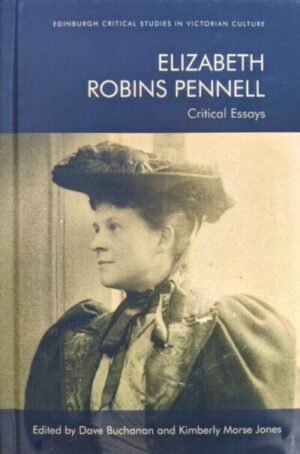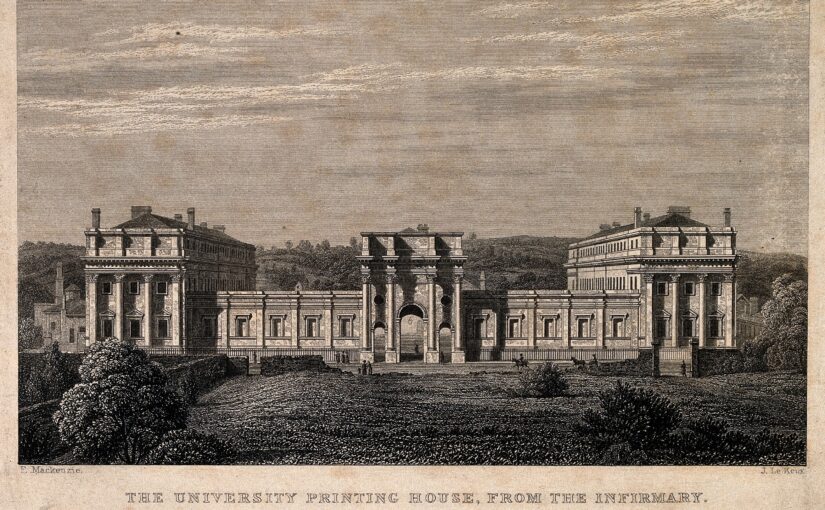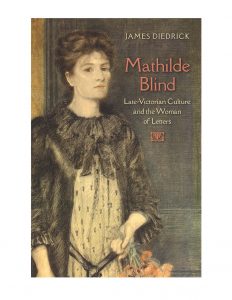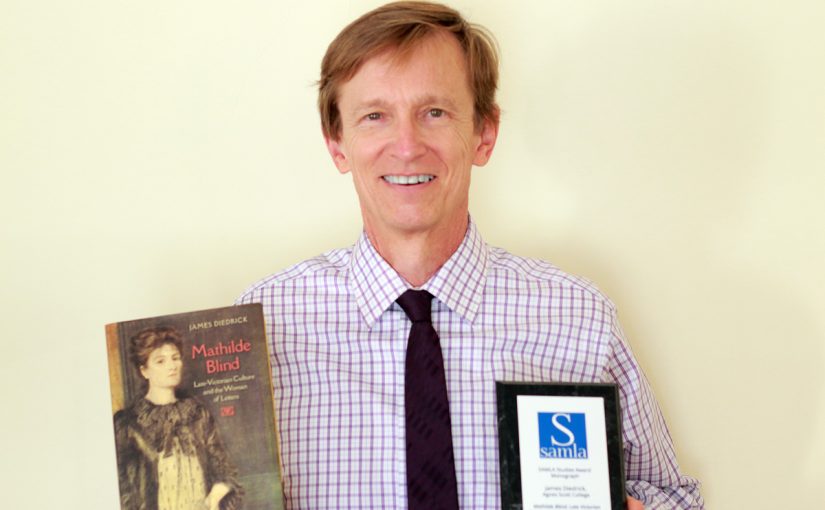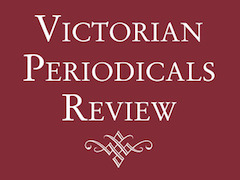The spring issue of Nineteenth-Century Gender Studies features Lindsay Middleton’s review of Elizabeth Robins Pennell: Critical Essays (Edinburgh University Press), which contains my essay “Rough Crossings: The Transatlantic Fate of Elizabeth Robins Pennell’s Life of Mary Wollstonecraft.” One focus of this essay is Mathilde Blind’s own writings on Wollstonecraft and Pennell.
Here is the second paragraph from her review, which discuss the two essays focused on Pennell’s life writing:
The first two chapters, from Dave Buchanan and James Diedrick, consider Pennell’s life writing. Buchanan’s chapter moves throughout Pennell’s career, exploring Pennell’s complicated relationship with writerly authority. At times she used pseudonyms, or gave her husband Joseph credit for her work, “playing the role” of “junior female assistant” (20), while she later “play[ed] the role of bold authorial presence in the spotlight” (28). Buchanan provocatively argues that Pennell “played the role” of expert in certain fields (travel and food writing, biography) but shied away from it in her art criticism and cycling columns: areas in which she was less comfortable. This suggests another layer to Pennell’s skills: not only was she a gifted writer, but she adopted performances to craft her reputation. Inevitably, this meant Pennell did not always receive adequate credit, and Buchanan ends by declaring that Pennell’s reluctance leaves it “up to others, beginning with the voices in this collection, to do it for her,” setting the scene for the essays that follow (28). Diedrick turns to Pennell’s The Life of Mary Wollstonecraft (1884), which was altered without Pennell’s consent by John H. Ingram. Diedrick demonstrates that Pennell overcame the subsequent negative reception of her book and situates Pennell’s shifting relationship with Wollstonecraft in the context of “the contentious gender politics of late-Victorian England” (36). He notes that, unlike many of her female contemporaries, Pennell did not share Wollstonecraft’s radicalism and gradually viewed her more conservatively. Pennell recast Wollstonecraft’s views to suggest she did not argue for the emancipated woman, and Diedrick contrasts this with the rethinking of gender undertaken by women like Olive Schreiner. Ultimately, Diedrick mobilises the disparate responses to Wollstonecraft through the lens of Pennell’s shifting attitudes to “productively complicate our understanding of late-century feminism” (52).
